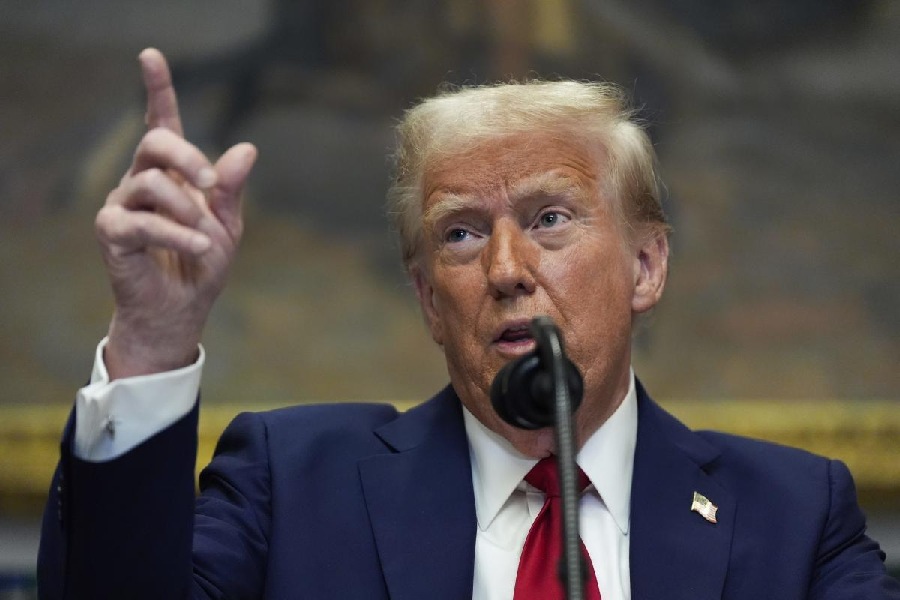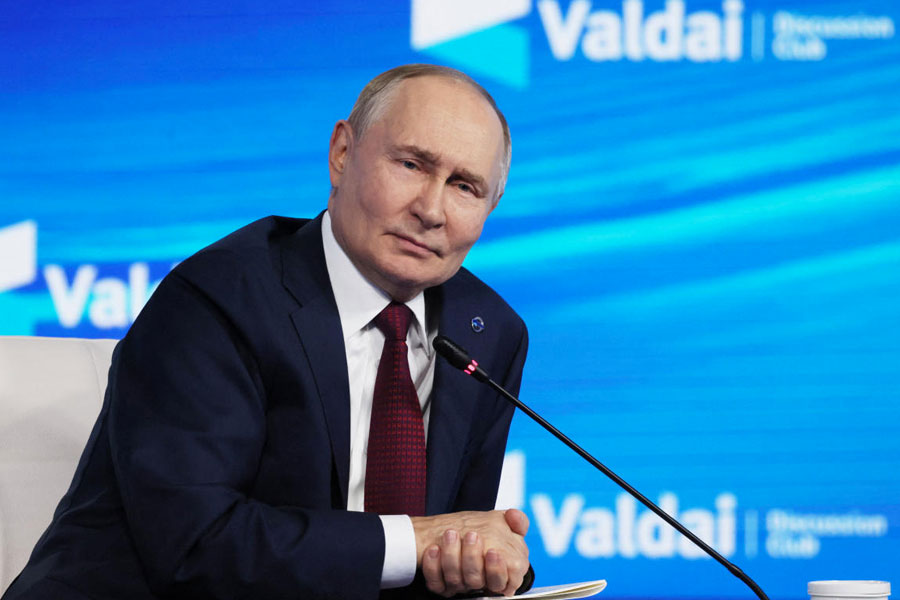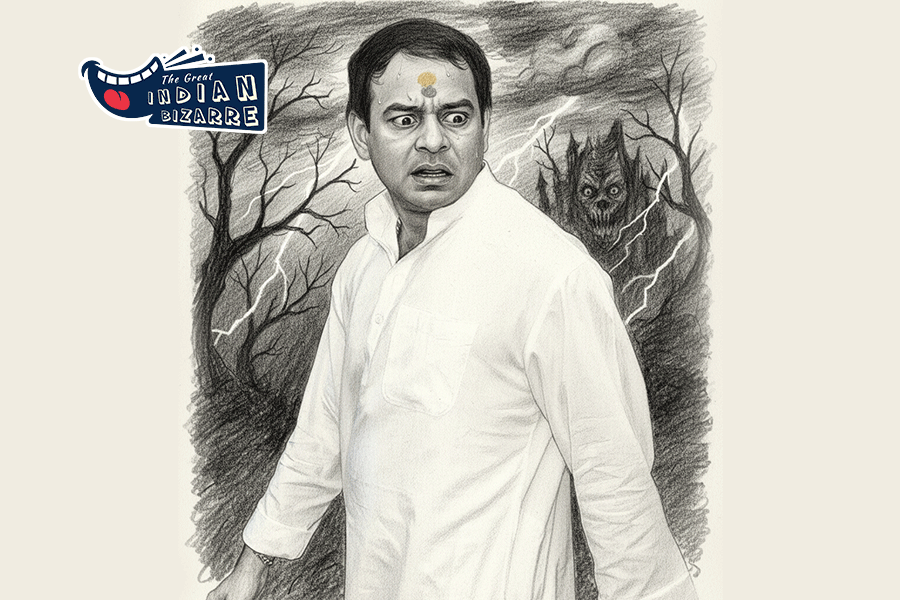US President Donald Trump is moving to give the White House direct control of independent federal regulators such as the US Securities and Exchange Commission, the Federal Trade Commission and the Federal Communications Commission.
The executive order that Trump signed on Tuesday gives the president more power to shape the oversight of the financial system and lay out criteria for transportation safety, basic consumer protections and wireless, broadcast, satellite and broadband communications.
It is part of a broader push by the Trump administration to assert greater authority over the government, possibly limiting the spending of congressionally approved funds in ways that could set up lawsuits and lead courts to weigh in.
Past administrations saw public benefit in having regulators that could operate in the long-term interests of the country without the daily machinations of politics.
Presidents could exercise informal control by whom they appointed to lead the agencies without necessarily requiring those agencies to submit strategic plans to the White House and lose access to funding initiatives as the order lays out.
But the Trump White House maintains that independent regulators could undermine the president’s agenda and the will of the voting public.
“For the Federal Government to be truly accountable to the American people, officials who wield vast executive power must be supervised and controlled by the people’s elected President,” said the order signed by Trump.
The move generated criticism that it could ultimately lead to abuses by the Trump administration.
“This action will serve only to politicise and corrupt independent agencies, which will now be subject to the political whims of those in power,” said Alexandra Reeve Givens, CEO of the nonprofit Center for Democracy and Technology.
“For a century, these agencies have been independent for a reason — Congress needs these experts to interpret the laws it passes, and to initiate investigations and enforce those laws without political favouritism.”
Independent agencies go back to 1887 with the creation of the Interstate Commerce Commission, which initially existed to deal with railroad monopolies and the rates they charged. Multiple other regulators were built on this format and operated through presidential appointments and congressional oversight.
Roger Nober, a professor at George Washington University and director of the GW Regulator Studies Center, called the order “very significant”.
The rule goes beyond existing requirements that regulations with an economic impact of more than $100 million or more go through a review by the White House Office of Management and Budget.
Fed watch
The executive order covers the regulatory responsibilities of the Federal Reserve, but it would specifically keep its independence on setting short-term interest rates that can influence inflation rates and employment levels. A Fed spokesperson declined to comment on the executive order.
The order may have only a limited practical effect, at least in the short term. The Fed’s vice-chair for supervision, Michael Barr, a Biden appointee, said last month that he would step down February 28. The Fed also said it would pause any major rulemaking until Barr’s successor is confirmed.
Currently, the White House — with the Senate’s consent — fills the top regulator post at the Fed and can co-ordinate activities with that regulator.
But the order “would substantially alter this status quo by formalising subordination, not coordination, between the White House and the Fed”.











